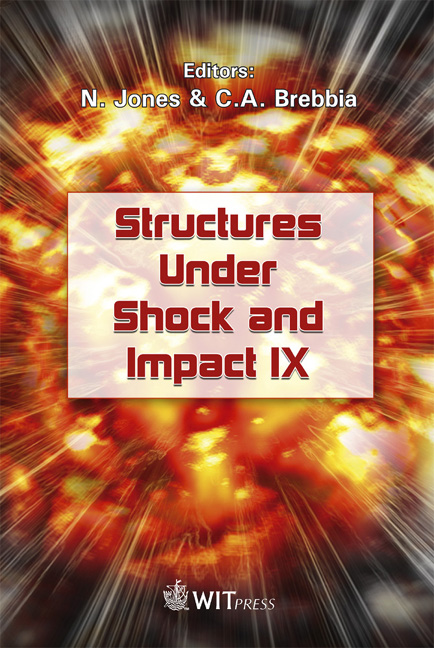The Calculation Of The Depth Of Penetration For Projectiles Into Rock
Price
Free (open access)
Transaction
Volume
87
Pages
7
Published
2006
Size
351 kb
Paper DOI
10.2495/SU060201
Copyright
WIT Press
Author(s)
M. Y. Wang, Z. Shanbiao & Z. Daliang
Abstract
In this paper, an analytical model is used for characterizing the deformation and failure behavior of the rock in the process of penetration. The scaling law in penetration and perforation is uncovered, resulting in a formula for the computation of penetration on wide scales on a sound physical background. Key words: penetration, scaling relation, critical stress-intensity factor. 1 Introduction The problems of penetration and perforation into rock by projectiles have been studied for a long time, but to date, there has been not yet a completely satisfactory method for solving such problems due to their complex characteristics such as elastic and non-elastic deformations concomitantly occurring accompanied by crack propagation in the process of penetration and perforation. As a result, empirical formulas derived from experimental data consist in the main part of research products [1-3]. However, such purely experimental approaches have some defects, the most significant of which is that the results extrapolated from these formulas are not reliable where the change is extremely large in values of radius of projectiles or in values of other original parameters beyond the range of experiment. Hence, the major empirical formulas have a limited range of application and an alternative procedure should be developed to cover a wider scale. In addition to empirical procedures, there are several theoretical models which can be classified into four groups as follows [4-6]: The first one is the rigid-plastic model, the second one is the classic spherical cavity expansion model and the third one is the numerical model.
Keywords
penetration, scaling relation, critical stress-intensity factor.





